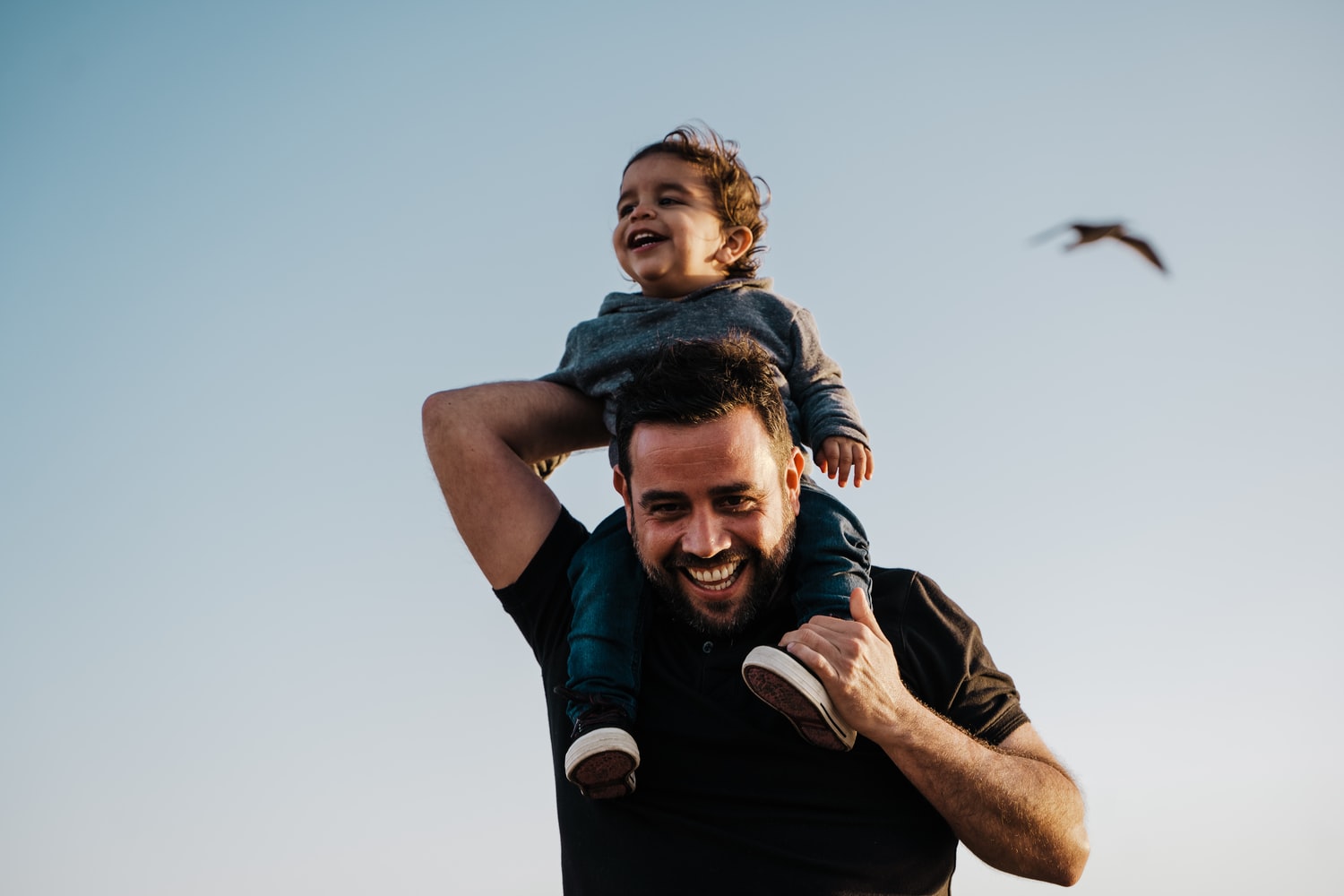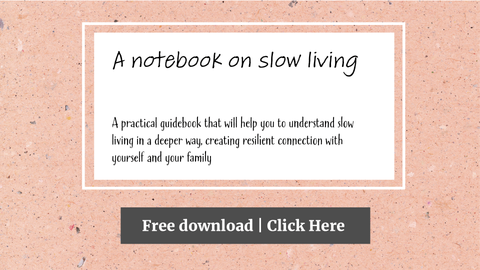
5 Ways To Bring Mindfulness Into Your Everyday
Sometimes life can feel like a hurry, full of busy days and tasks to get done. But when we rush through life it can be easy to forget to really see it. We don’t taste all the flavours in the food we eat, we don’t notice how the light shines and reflects on a puddle, or we might miss fully seeing the way a cashier smiles at you as they say hello.
Mindfulness is the act of being fully present in the moment. It is truly noticing and seeing our surroundings.
It is also about being aware of our thoughts and feelings, connecting with ourselves, and with how we really are.
You might be wondering what mindfulness can bring to our lives, especially when it can feel as though we don’t have much time. But there are many health benefits that come from this form of meditation.
Why Mindfulness?
With stress reduction comes many other benefits too, such as better sleep, healthy blood pressure, more energy and clearer thinking.
Research has seen how meditation practices such as mindfulness have helped people living with anxiety, aiding them to feel less stressed and calmer in their everyday life.
It enhances our self-awareness
Mindfulness often encourages us to look deeper into ourselves: to note what we are thinking and how we are feeling without judgement. By doing this we can gain a greater awareness of our thought habits and recognise any harmful or self-defeating thoughts.
It creates greater emotional wellbeing and feelings of empathy
Mindfulness meditations have been proven to reduce the symptoms of depression, encourage more positive thinking, and improve self-image. It also encourages empathy through being more self-aware.
Now we have shared just some of the health benefits of mindful living here are some of the ways that we can bring mindfulness into our everyday life.

Mindful Breathing
The first step we can take towards bringing mindfulness into our everyday is to engage in mindful breathing. There are many different breathing exercises that we can do to help reduce anxiety and feel calm, some of which you can find here.
These breathing exercises can range from resonant breathing which only takes a few minutes (breathe in to the count of five, then breathe out to the count of five) for reducing stress to belly breathing. Belly breathing takes a little longer but is great for when you’re feeling relaxed.
Bringing in deep breathing doesn’t have to just be a way to feel calm and unwind. It can also be something that is really great to do at the start of your day before work. Research from the Trinity College Institute of Neuroscience has discovered how people who regularly engage in simple breathing exercises have an increased ability to focus on tasks. This is because it affects our level of noradrenaline in the brain, a natural chemical messenger which is released when we are challenged.
We can invite deep breathing into our day by bringing it into our daily routine. This could be one of the first things we do before we get up, or one of the last things we do before going to sleep, to bring more peace into our lives. By making it routine, we are more likely to make it a habit and gain the most benefits from it.

Mindful Thinking: Tuning In With Yourself
After mindful breathing comes mindful thinking, the process of focusing on our thoughts and spending time with them. It is recognising how we feel — emotionally, spiritually, and physically — and letting it be. Accepting it. Feeling that feeling.
One way to think mindfully is to start with a body scan. One way to do this is to sit in a comfortable position and close your eyes. Start by focusing on your breathing. This isn’t a deep breathing exercise, just notice the rhythm of your breath, bring your whole attention to how you are breathing.
Then bring your focus to your body. Think of how you are sat, how your body feels. Are there any parts of your body that ache? Any parts of your body that feel heavy or light? Bring your attention to those parts of the body. Let them be. Notice and accept them.
Then bring your attention to different parts of your body. Start with your head — feel whatever it is that your head feels. Is your hair brushing against your cheek? Notice it. Then move your attention to your arms, then to your stomach. Just pay attention to how you feel.
After a body scan we can focus on how we feel emotionally. What words would you use to describe how you are feeling?
Noticing how we are, how we really are, is a mindfulness practise that can help us to deepen our sense of empathy and show ourselves kindness. We can know how to better look after ourselves in the day, and feel more connected to our body.

Mindful Seeing
We’ve focused on our breathing. We’ve focused on our thoughts and giving more attention to our body. Now let’s focus on the way we see our surroundings.
This is a practise that focuses on being aware of the world that surrounds us. It encourages us to look at what it is that we are looking at. To truly see what is in front of us.
This can help us to feel grateful of our surroundings and see the intricacies and beauty that is around us. This can in turn lead us to thinking more positively.
One way we can do this is through the raisin exercise. It doesn’t need to be a raisin, in fact it could be anything, it could be the first thing in front of you now. But the point is to look at it, to see it, to bring your focus to it and nothing else. The trick is to pretend you have never seen it before. Bring your awareness to the senses. What is the shape of it? How does it smell? Does it make any sound?
Giving an object your full attention means you are being present. You are focusing on nothing other than the thing that is in front of you, and being aware of the moment you are living in. This can really help to get out of our thoughts and into the present.

Mindful Eating
This is perhaps a good one for if you have less time and don’t particularly want to spend too much of your time sitting and focusing on your breathing or your body. This one is more about appreciating the experience. It doesn’t just have to be in regards to eating, but can be when we see our friends, or are at the theatre. It is about focusing on the activity in front of us, how it makes us feel, and paying attention to our senses.
With this example we focus on eating. When you next have a meal try to switch off from the sounds and thoughts of the everyday. Switch off the television, put your phone away, and focus on the meal in front of you. By focusing on the food we eat and giving it our whole attention we eat more slowly which not only helps our digestion, but to feel more full. Focus on the sounds, smells, textures and physical sensations. If your mind wanders at all then acknowledge that, but gently bring your attention back to the meal in front of you.
Similarly to mindful seeing, this is an exercise that focuses on being present. It is something we can all bring into our everyday.

Mindful Parenting
This one is a bit tricker and often easier said than done — but it is a great way to really make mindfulness a big part of our life.
Mindful parenting is all about bringing that idea of focusing on the present in combination with being with children. Some ways we can do this is through paying attention to our child, really listening to them and their point of view amidst any arguments. It is about being more understanding and attentive towards them.
It can be about pausing to really see and be aware of your child’s deeper needs and responding in a way that is kind and without judgement. In this way it is similar to the previous exercises of focusing on ourselves, our needs, and responding without judgement.
Often parenting involves a lot of multitasking and juggling challenging tasks with looking after children. Mindful parenting is all about making sure you still get that quality time with them, while also focusing on them, on how they feel, and on what they need.
Summing It All Up
Overall there are many health benefits to practising mindfulness, both physically and mentally, for you and your family. It is all about noticing, feeling, and experiencing life to its fullest.
Now we invite you to go ahead and feel the sun, listen to the world, and be present.
Also in Fighting Talk

It's Volunteers Week

Our Sustainability


